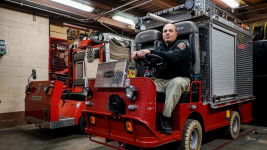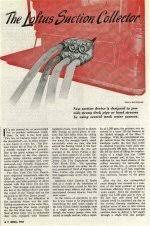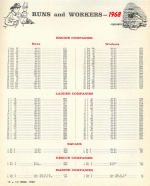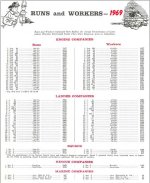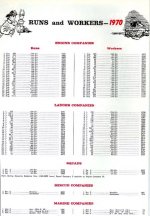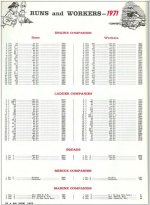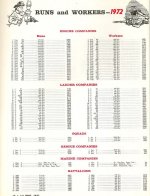Bronx companies now have "6000" boxes which are a "dual response with Pelham Manor FD" and are announced as such. Very nice area with very very few calls for anything up there.
Also probably still on the books is Box 8999, which was/is a dual response with Yonkers - the Bx River Pkwy @ the CityLine. Never hear it transmitted anymore but the companies do run in together. Originally developed for Bronx units to go N/B from E 233 St. and the Yonkers units to come S/B from their locations.
Also probably still on the books is Box 8999, which was/is a dual response with Yonkers - the Bx River Pkwy @ the CityLine. Never hear it transmitted anymore but the companies do run in together. Originally developed for Bronx units to go N/B from E 233 St. and the Yonkers units to come S/B from their locations.

